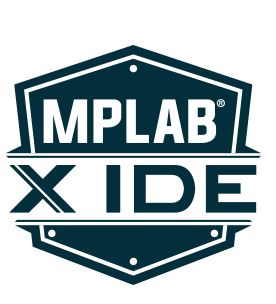Definition of electronics:
Electronics is the branch of science that deals with the study of flow and control of electrons (electricity) and the study of their behaviour and effects in vacuums, gases, and semiconductors, and with devices using such electrons. This control of electrons is accomplished by devices that resist, carry, select, steer, switch, store, manipulate, and exploit the electron.
 |
| Electronics |
Definition of instrumentation:
Instrumentation is the use of measuring instruments to monitor and control a process. It is the art and science of measurement and control of process variables within a production, laboratory, or manufacturing area.
An instrument is a device that measures a physical quantity such as flow, temperature, level, distance, angle, or pressure. Instruments may be as simple as direct reading thermometers or may be complex multi-variable process analyzers.
Some of the basic electrical units and definitions are mentioned below:
Passive: Capable of operating without an external power source. Typical passive components are resistors, capacitors, inductors, and diodes (although the latter is a special case).
Active: Requiring a source of power to operate. Includes transistors (all types), integrated circuits (all types), TRIACs, SCRs, LEDs, etc.
 |
| Active and Passive Components |
DC: Direct Current: The electrons flow in one direction only. Current flow is from negative to positive, although it is often more convenient to think of it as from positive to negative. This is sometimes referred to as "conventional" current as opposed to electron flow.
AC: Alternating Current: The electrons flow in two directions in a cyclic manner, first one way, and then the other. The rate of change of direction determines the frequency, measured in Hertz (cycles per second).
 |
| AC and DC |
Frequency: Unit is Hertz, Symbol is Hz, the old symbol was cps (cycles per second). A complete cycle is completed when the AC signal has gone from zero volts to one extreme, back through zero volts to the opposite extreme, and returned to zero. The accepted audio range is from 20Hz to 20,000Hz. The number of times the signal completes a complete cycle in one second is the frequency.
 |
| Frequency |
Voltage: Unit is Volts, Symbol is V or U, an old symbol was E. Voltage is the "pressure" of electricity, or "Electro Motive Force" (hence the old term E).
Current: Unit is Amperes (Amps), Symbol is I. The amount of electrical charge is flow in a conducting material is called current. Current is measured in Amperes, which is Coulombs per Second.
Resistance: Unit is Ohms, Symbol is R or Ω. Resistance is a measure of how easily (or with what difficulty) electrons will flow through the device.
A Resistor is an electrical device that resists the flow of electrical current.
 |
| Voltage, Current, and Resistance |





![]()





![]()













![]()

![]()



![]()


![]()


![]()


![]()